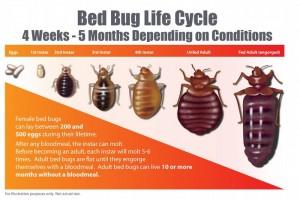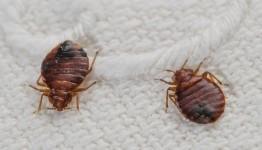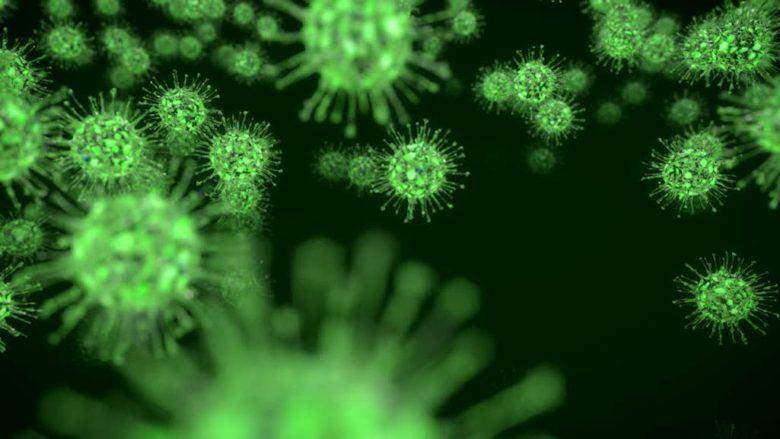 A major problem in homes, businesses, schools, and transportation networks around the world, bed bugs have an active life cycle. They can live for up to a year (generally 6-12 months) depending on the conditions; the average lifespan is about 10 months. The presence of these blood-sucking tiny insects stirs up a lot of emotions. Being they’re in the news quite often now, you might be wondering about how these insects thrive, live, and go about their ways.
A major problem in homes, businesses, schools, and transportation networks around the world, bed bugs have an active life cycle. They can live for up to a year (generally 6-12 months) depending on the conditions; the average lifespan is about 10 months. The presence of these blood-sucking tiny insects stirs up a lot of emotions. Being they’re in the news quite often now, you might be wondering about how these insects thrive, live, and go about their ways.
Life Cycle
Bed bugs go through six life stages, between each they need at least one complete blood meal. They obtain all their nutrition from human blood, nothing else. Life starts as the female lays eggs. She needs to feed in order to lay them. Individuals require feeding prior to mating as well. As many as hundreds of eggs may be produced by one female bed bug in her lifetime, says the EPA. One to as many as three eggs may be laid in a day and from 5-20 can be made after just one serving of blood.
Eggs are the size of a pinhead and have a pearl-white appearance. It takes anywhere from four to twelve days for the eggs to hatch. Each one is about one millimeter long. Young bed bugs are called nymphs, which are tiny and translucent. Some are a whitish-yellow. The other stages in a bed bug’s life cycle are:
1st Stage Nymph. Still white or yellow in color and 1.5 millimeters. Studies have shown, at around 70°F, the insect can develop to the next stage about five days after feeding.
2nd Stage Nymph. Starts to resemble an adult and is 2 millimeters. It can reach this in five to eight days if it feeds within the first day of its previous stage.
3rd Stage Nymph. About 2.5 millimeters.
4th Stage Nymph. Grows up to 3 millimeters long.
5th Stage Nymph. 4.5 millimeters.
Adults have the appearance most people associate with bed bugs. Males have a rounder and slightly larger body while females tend to be more elongated. From egg to adult it takes about 37 days. Nymphs are not very mobile and will die of dehydration if their egg was too far from a host.
Lifestyle/Habits
Mating is an important part of the life cycle. Male bed bugs have external genitalia, which they use to penetrate the female’s abdominal cavity. This process is called traumatic insemination. Sperm from the male is injected into the abdomen and migrates to the ovaries. The eggs are fertilized soon thereafter.
Females can be mated with several times. Some, however, have been known to leave to avoid further injury. This is another crucial aspect in the spread of bed bugs. Rogue females can go it alone, mate with their offspring, and start an entirely new colony. If she already has fertilized eggs then her clan can start multiplying in no time.
Disagreements on Life Span
A Virginia Tech report shows well-fed adult bed bugs can live up to 300 days in the laboratory. Of course in a lab, they have access to food, live in steady temperatures, and don’t get crushed. Studies in Europe done in the 1930s and 40s found they could live without food for over a year. This was in the UK before central heating was used. In the more temperate conditions of U.S. homes, starved bed bugs live an average of 70 days. They must stay hydrated and eating blood is the only way to do so.
Scientists also say that bed bugs have another reason for congregating in such large numbers. This changes the temperature and humidity in those tiny cracks and crevices. More favorable conditions enable them to survive longer when food sources are low.
A bed bug’s life is indeed a fight for survival. Conditions aren’t always ideal. Being small and good at hiding has the drawback of increased crushing risk. A resistance to some insecticides has been found. Those insects that are resistant have reduced development times and life spans, while producing fewer eggs.
In general, bed bugs have just a few months to hatch, feed, mature, and mate. Despite these limitations they have an incredible ability to survive and proliferate in homes, businesses, and just about anywhere.
If you really want to get rid of bed bugs today try SayByeBugs! It was developed as a safe and highly effective alternative among a sea of products that rarely deliver on their promises.









1 Comment